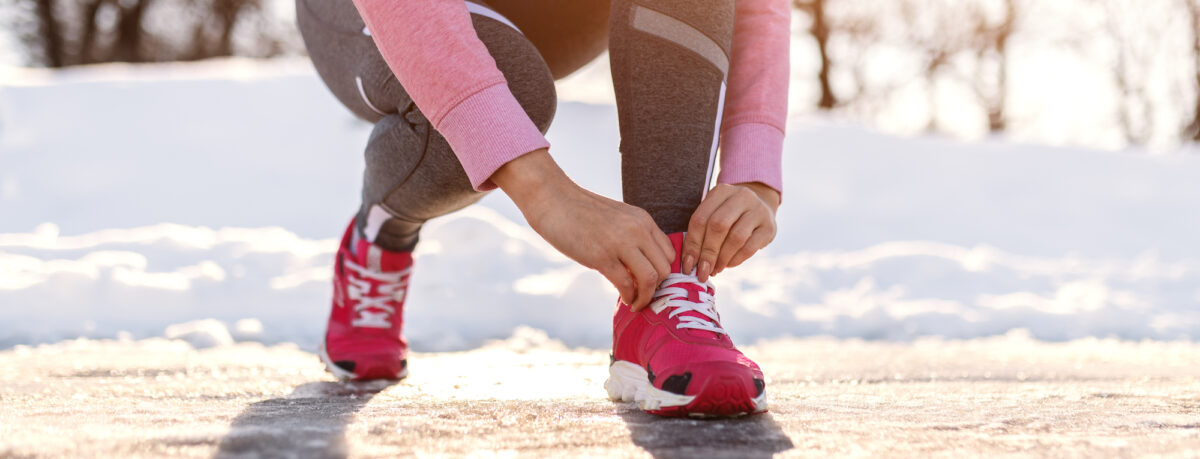The View from a Water Stop Volunteer
[Edited – Aug 31, 2009]
I recently had an unpleasant experience working a water stop during a race. I’ve been thinking about how I would address this issue for a while. I want to make my point, but I don’t want to disparage anyone. Here is what happened.
At this event, our water stop didn’t receive cups until AFTER the race started, we didn’t have any race staff contact numbers, we didn’t have enough table space to set up cups in advance and we ran out of water after less than one hour. Most of our volunteers enter races and we have all been in events that have run out of water, so we were mortified!
Because we didn’t have a contact number, we felt helpless. Though we were able to eventually reach someone, it was too late. The nasty looks and complaints we got from race participants was horrible.
So today, I was thinking about what I, as a volunteer, need from a race director to be a successful volunteer and help the race director look good.
Here’s my list:
1) Instructions. How much water should be in a cup? What is the best way for a volunteer to hold a cup? How do we hand out gel? What should we expect crowd wise?
2) Contact information for key race staff. Who do we call if we run out of something like water or cups? Who do we contact if there is a serious emergency?
3) Have someone check on volunteers and verify they have everything they need.
4) If you promise shirts, hats, lunch, coffee … whatever it is, deliver. Adults don’t care so much, but when teens are helping out, and they expect a shirt or hat, they should at least get the shirt and hat.
5) Have supplies at the water stop before the volunteers show up. It was stressful receiving the cups AFTER the race started!
6) Make the volunteer sign up easy.
7) Make sure your web site is accurate regarding what will happen at that particular water stop. Is it just water? Will we be handing out gels or fruit? Will we receive shirts?
8) Make sure volunteers feel appreciated — especially if you want them to come back the next year. How do you do that? Follow items 1-7.
If you’ve ever volunteered at a race, what else would you add?
____________
Note: I am not disparaging any one race or race director. In fact, the person who owns the race I volunteered at is one of the best race directors out there. From the many races I’ve entered, it is evident that other volunteers need instruction for filling cups, holding cups, etc., too. I figure if I have questions and concerns, other volunteers must have similar concerns. Race directors have a difficult job. And no matter how hard they try, a race never goes off perfectly. With any luck the glitches they encounter are small and manageable. And to all race directors who welcome walkers in your events — THANKS! I know it isn’t easy to keep courses open for an extra long time.
(346)


Comments
I know that communications is only part of the problem that you experienced, but I have volunteered at and participated in many walks and one thing that helps is to involve ham radio operators. I know that many people think that ham radio is obsolete now that we have cell phones, however, keep in mind that when you have ham radio operators volunteering you have extra volunteers. At many events the ham radio operators are also driving sag vehicles or transporting supplies. You also have volunteers that practice communications on a regular basis. There may be cons to this idea that I have not thought of – as a ham radio operator I am a bit biased. The Portland Marathon (very walker friendly) still uses ham radio operators for communications.
I too have been on both sides of the Water Station and it is so frustrating for both volunteer and athlete. We ran out of water half way through a marathon and ended up running to nearby houses with the containers asking if we can fill them. Lucky we had plenty of cups but we did eye them up for washing if we ran out.
Communication is the key and something that should be the first thing orginised and back up plans put in place. I like the idea of using walkie talkies….I might suggest that here.
As an athlete I hate the cups being too full. It is hard to walk and try to drink/sip and a full cup normally ends up down your front and thoat.
In one marathon I entered they had huge barrels of water with spunges and you could keep the spunge or throw it. We put them in our hats.
You are both right about communication being the key. When I was active with the Columbus Marathon, ham radio was the main form of communication between staff.
In addition to feeling as if we personally let down the runners and walkers, we also felt helpless.